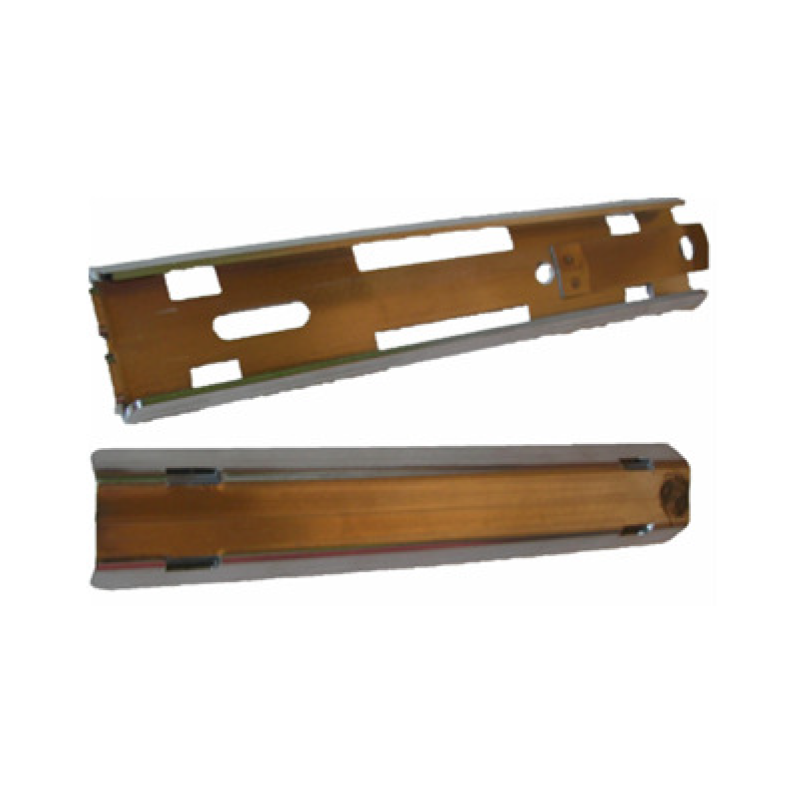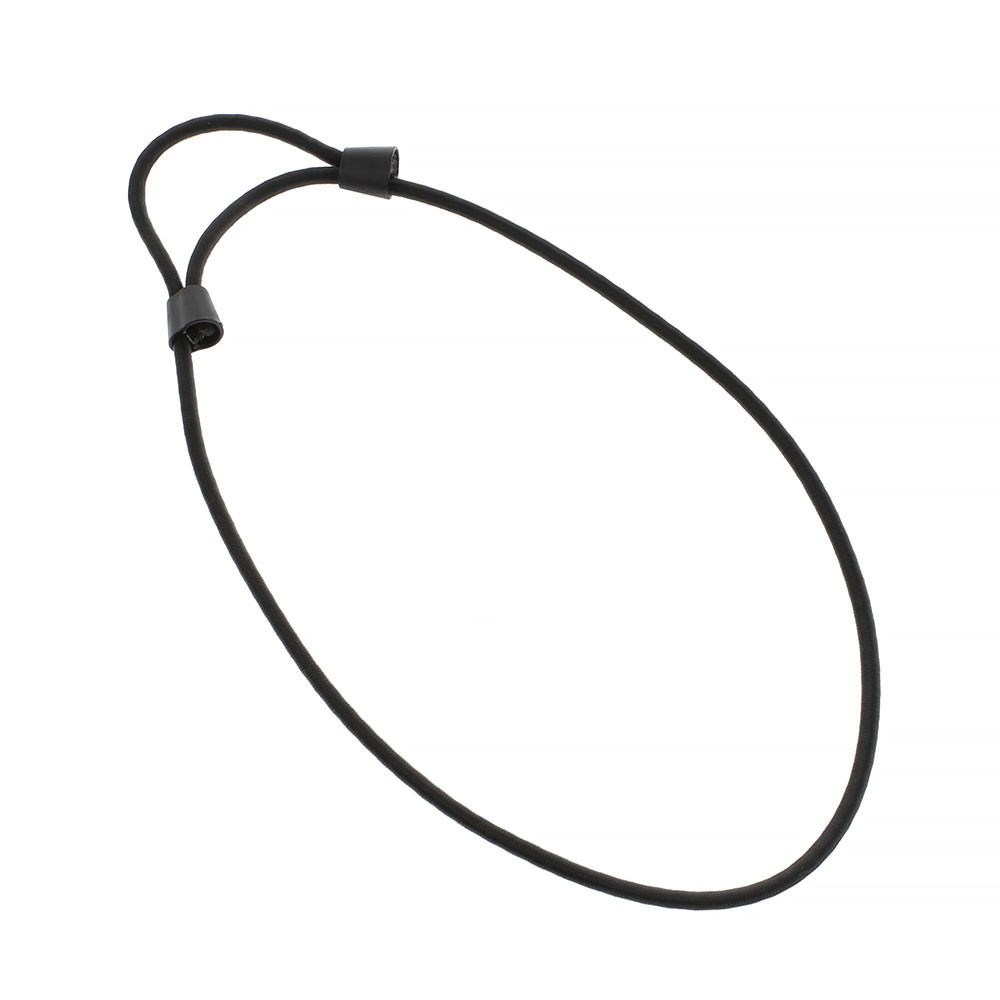- Messages
- 8,602
- Reaction score
- 7,310
- # of dives
- 2500 - 4999
Here it is



 www.diveavenue.com
www.diveavenue.com
Here's how it goes, a 3 litre steel bottle that can supply 800 litres ish of air, high nitrox, also of deco gas

also gives you the energy to ride sharks

or you can just feed them, some fingers
To be fair, it's on your back or be square
and you don't leave home without them

Stainless steel slide for fixing a pony bottle
Buy/sell at the best price.With this stainless steel slide, attach a small dive tank or pony tank to your main block.
Here's how it goes, a 3 litre steel bottle that can supply 800 litres ish of air, high nitrox, also of deco gas
also gives you the energy to ride sharks
or you can just feed them, some fingers
To be fair, it's on your back or be square
and you don't leave home without them




